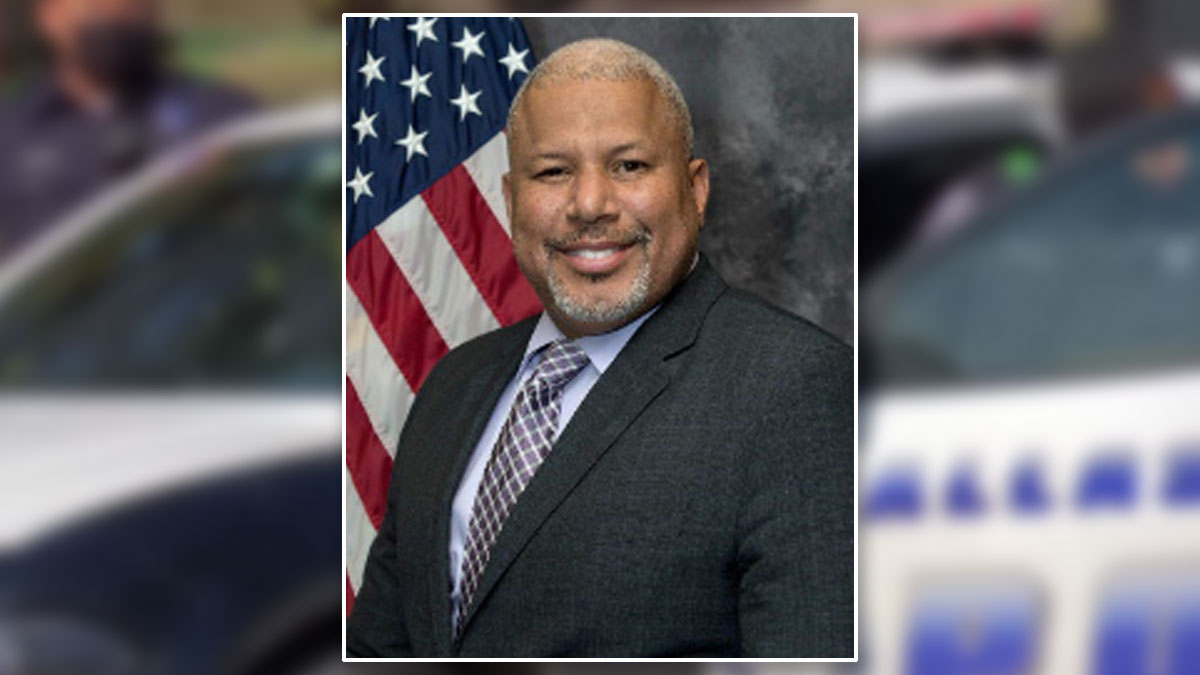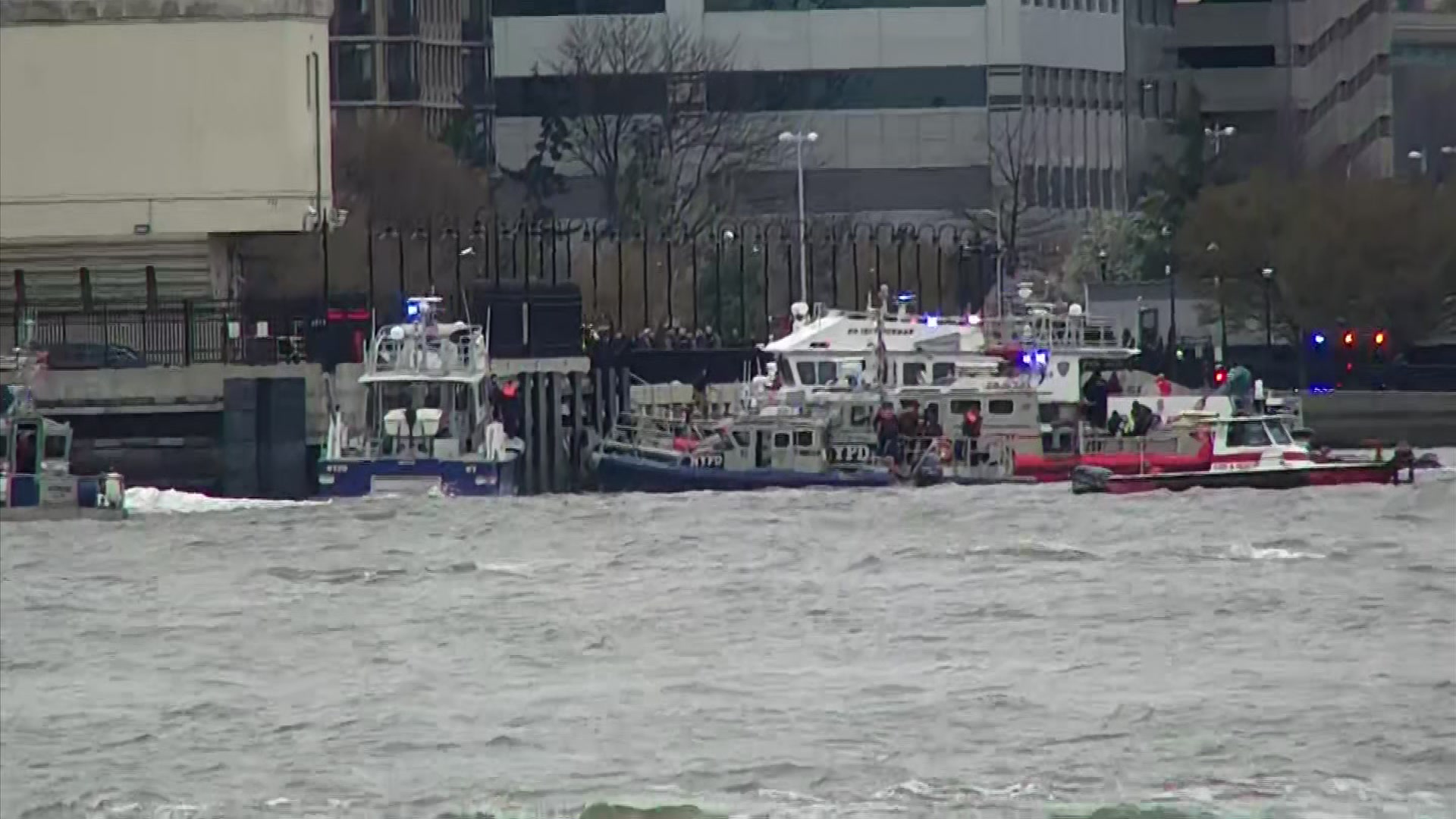Dallas surgeons among world’s first to repair aortic arch aneurysm with a cutting-edge technique.
An East Texas man is the first person in the state to undergo a groundbreaking medical procedure that saved his life.
Doctors in Dallas treated him for an aneurysm that developed near his heart.
Open heart surgery, considered the traditional treatment, likely would have killed him, so he turned to a new surgical technique that could eventually change the face of medicine.
77-year-old James Isbon suffered from an aortic arch aneurysm, an enlargement or dilation of the arch in the aorta.
Often undetected, these aneurysm can rupture and cause death, according to Dr. Carlos Timaran, Professor in UT Southwestern Medical Center’s Department of Surgery and Chief of Endovascular Surgery.
Repairing it typically requires open heart surgery but that wasn't an option for Isbon.
"It probably wouldn't have been possible, from what I understand, for them to do open heart surgery on me at my age and with my health issues," said Isbon, who had open heart surgery in the 90s.
In an innovative surgical technique, Dr. Timaran was able to run a customized stent graft through tiny incisions in the neck and groin all the way to the heart to repair the aorta.
Local
The latest news from around North Texas.
This kind of procedure has been performed only seven times in the world.
Dr. Timaran is one of two surgeons in the United States who've been granted an investigation device exemption by the FDA for the procedure.
During surgery, the medical team carefully snaked catheters through Isbon's neck and groin arteries to deploy the stent graft in the aorta.
The stent graft is designed to carry blood flow past the patient's aneurysm.
"The key here is that you don't have to stop the heart. You don't have to open the chest. Patients have just needle holes or tiny incisions in the neck and the groin," said Dr. Timaran.
Isbon became the second person in the U.S. to receive this kind of treatment.
He said the recovery was nothing like that of the open heart surgery.
"Just two days after I was operated on, I was up moving around. Nurses didn't like it, but by golly, I was up moving around and five days later, I was at home," said Isbon.
Dr. Timaran said it may take years but this technique could likely become the standard treatment for aneurysms.
He said the Dallas program is able to treat most aortic aneurysms using this technique under the special exemption they have from the FDA.
For Isbon, the future is now.
"Like I told the doctor, I'm ready to go out and race him down the hall if he wants to. I'm ready to go!" said Isbon.




